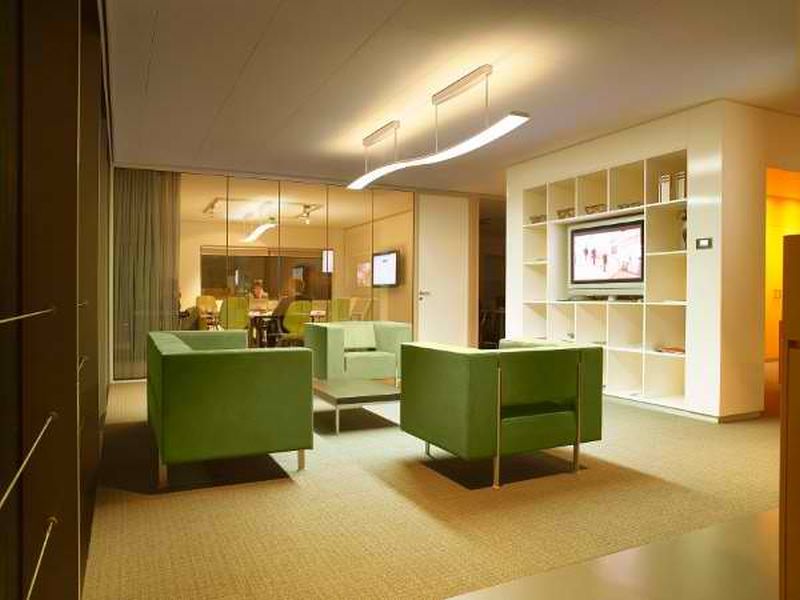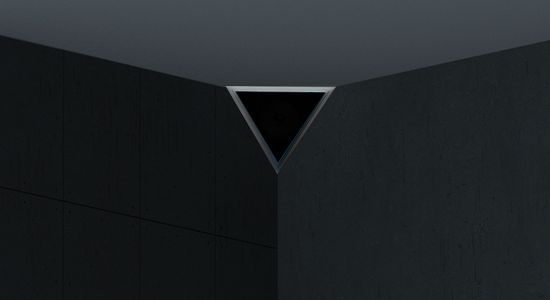Light complements architecture like day complements night. Alone, they can struggle for appreciation, but together, they bring us great beauty. The best architects use light to enhance their designs. They take into account important details like the rising and falling of sun with respect to the building to ensure that the building captures the sunrise or sunset. Architects want to provide the best views and ambiance for the people moving or working within their buildings.

Architecture needs both natural light and lighting systems to truly enhance the building’s features. Many modern office designs feature floor to ceiling windows. These ensure that there is as much natural light as possible. They also promote the well-being of the employees at the office, as lack of natural light diminishes a person’s mental and physical health. This in turn, creates a happier working environment and the productivity increases at the office.
At places where natural light is restricted, architectural features can still be emphasized through interior lighting that complements the design. For large rooms, elegantly suspended pendant lighting will enable you to draw attention to the ceiling without making the room feel too hollow and empty. They also adds style to a room.
An article by KashmiraGander, highlights the possible effect that light, space and material can have on the mood of a person. He quotes well-respected architect Dr Sergio Altomonte, who said “buildings and urban spaces should be designed first and foremost around their occupants.” He also reflects upon how architecture can influence physical, physiological and psychological wellbeing. Natural light plays a very important role here. Designing buildings with rooms that are full of natural and artificial light will create a happy environment for all the occupants of the place.
The Science Daily also recently reflected upon the importance of natural light and how architects are finding innovative ways to use sunlight and shade. The shape of windows is becoming increasingly important in controlling the way that sunlight penetrates the buildings. They reduce the solar gains in warmer months and enhance them in winter.

Another technique that architects are utilizing is the idea of having a pair of towers, where one tower reflects the sun against the other and vice versa, as the sun circulates. In built-up cities where there are many skyscrapers blocking and limiting natural light, this is becoming a popular solution, this can provide necessary light to those in shadows.
‘Shadowless’ towers are also being constructed, which use sun-tracking mirrors called heliostats to stop a shadow from forming around the building. This method is being successfully used in one Central Park in Sydney. These towers work by reflecting the sun into the over-shadowed area,so that no area of the building is in darkness while the sun is shining.
Light and architecture go hand in hand, and architects have always utilized the two concepts, turning them into one entity. The innovative ways that architects are using light will hopefully be able to ensure that future generations are happier and healthier and they have wonderful buildings that fully draw the benefits of light.
Article Submitted By Community Writer




